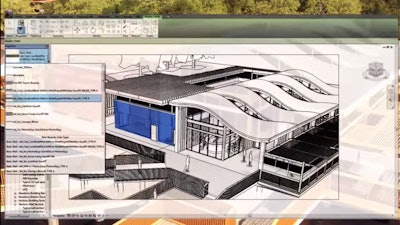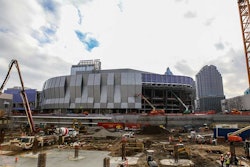
BIM, in essence, is accurate 3D modeling software. But that's really just the tip of the iceberg.
“What it really represents is a series of processes that are technology enabled and they are meant to increase understanding of a project,” says David de Yarza, BIM director at Lydig Construction Inc. “They are meant to help a design and construction team communicate to each other and to their clients what the project is all about. It’s not a piece of software. It’s about a way to do things.”
BIM pulls together information about everything, and can tell us what materials are being used for the ceiling, the walls, the floor, and the standards that govern their construction, just by clicking on specific areas in the model. Every part of the design and construction process is captured in BIM, bringing all the information about a project to one centralized location.



















